Appraisal, in the context of HR, refers to the process of evaluating and assessing an employee’s performance, skills, and achievements within an organization. It is a formal and structured review conducted periodically to provide feedback, set goals, and make decisions regarding promotions, salary adjustments, training needs, and career development.
Here are some key points about the appraisal process:
1.Purpose
The primary purpose of an appraisal is to assess and measure an employee’s performance against predetermined goals, job expectations, and performance standards. It aims to provide constructive feedback, identify strengths and areas for improvement, and align employee performance with organizational objectives.
2. Performance Evaluation
During the appraisal, supervisors or managers evaluate an employee’s performance based on various criteria, which may include job knowledge, productivity, quality of work, teamwork, communication, problem-solving, and adherence to company policies.
3. Goal Setting
Appraisals often involve setting new performance goals or revising existing ones for the employee. Clear and measurable goals help guide the employee’s efforts and align them with organizational priorities.
4. Feedback and Communication
Appraisals provide an opportunity for open and honest communication between the appraiser and the employee. Constructive feedback is given to acknowledge achievements, address areas for improvement, and provide guidance for development.
5. Development and Training
Based on the appraisal results, training needs or developmental opportunities may be identified to enhance the employee’s skills, knowledge, and overall performance. This may involve recommending specific training programs, mentoring, or job rotations.
6. Performance Recognition and Rewards
Appraisals may also influence decisions regarding salary adjustments, promotions, bonuses, or other forms of recognition and rewards for outstanding performance.
7. Documentation
The appraisal process typically involves documenting the evaluation, feedback, and any agreed-upon goals or development plans. These records serve as a reference for future appraisals, performance reviews, and decision-making.
8. Continuous Process
Appraisals are often part of a larger performance management system that involves ongoing monitoring, coaching, and feedback throughout the year. Regular check-ins and discussions between the appraiser and the employee help track progress and address performance issues in a timely manner.
Appraisals play a vital role in employee development, performance improvement, and overall organizational success. By providing a structured evaluation and feedback process, organizations can enhance employee engagement, align individual goals with organizational objectives, and foster a culture of continuous improvement.
LenvicaHRMS
LenvicaHRMS has an interactive Appraisal module that ensures employee productivity is improved on a day to day basis.
At the beginning of the appraisal period
Managers create goals for each employee
During the appraisal period
- Goals are updated on a day to day basis
- Goals are visible to employee, managers and HR
- Sub goals can be created
At the end of the appraisal period
- HR prepares appraisal templates
- Goals are evaluated
- Employees and managers prepares appraisal documents online
- HR evaluates appraisal documents
- Appraisal Interview takes place and performance is evaluated
- Employees get feedback, raises and bonuses
- Company makes wise decisions based on employee response
Step 1: Create goals for employees
Goals can be created by HR, Managers or employees themselves.
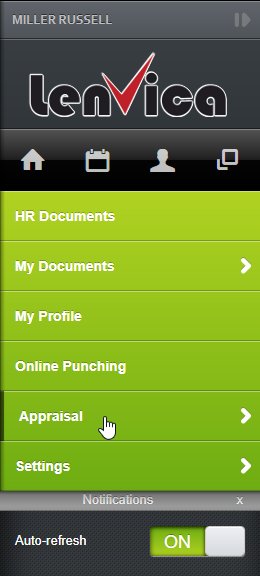
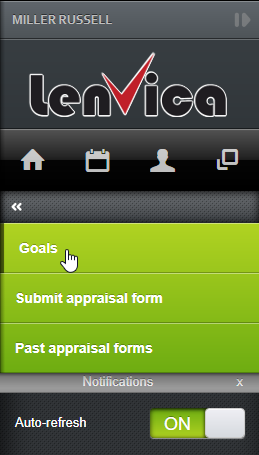
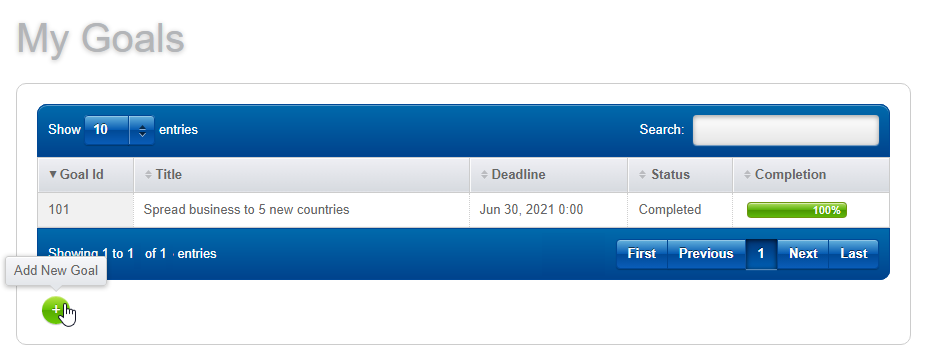

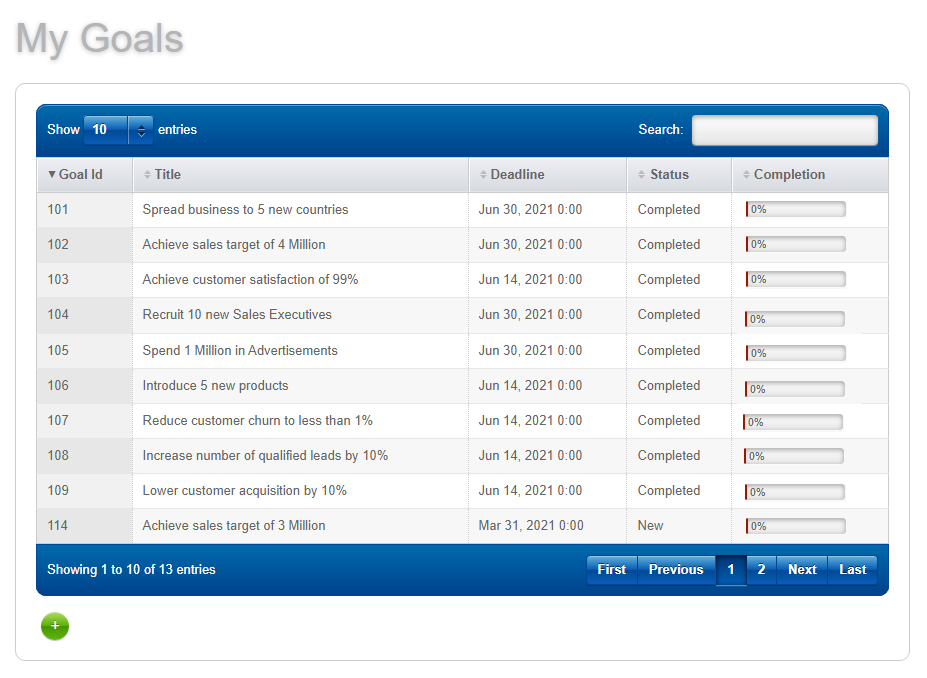
Step 2: Update goals regularly
Employees, managers and HR can make comments on goals during the appraisal period. This ensures productivity is improved on a day to day basis.
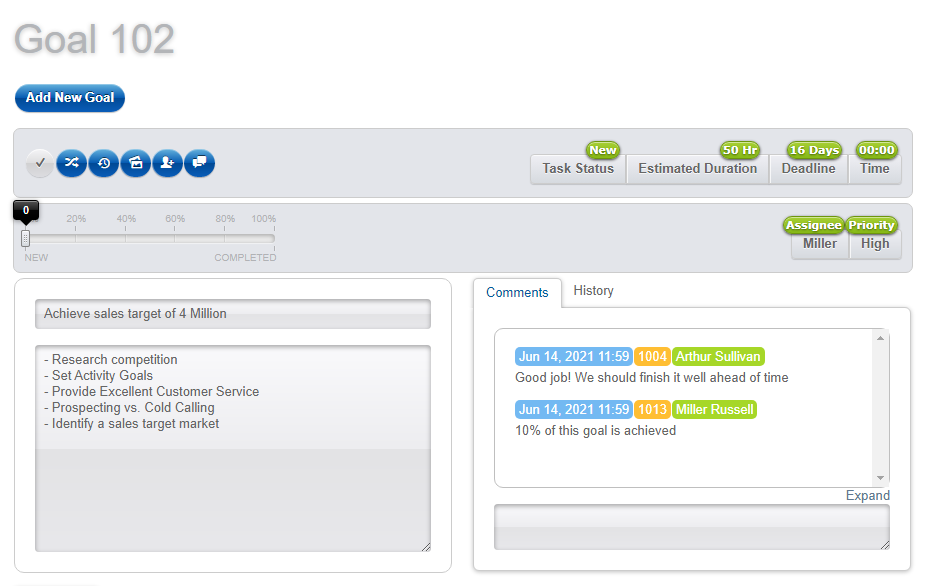
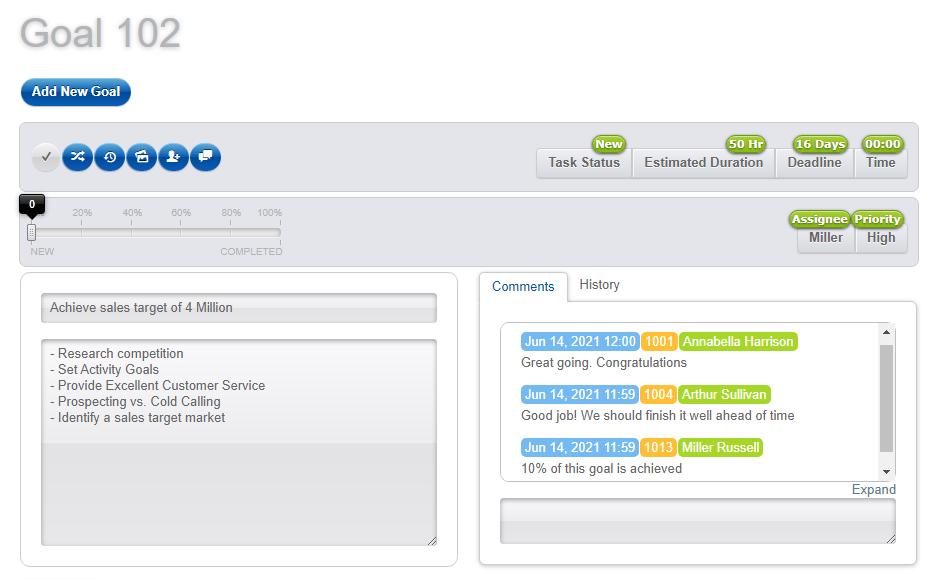
Step 3: Create Sub Goals
Employees or managers can create sub goals to break a big goal into small chunks.
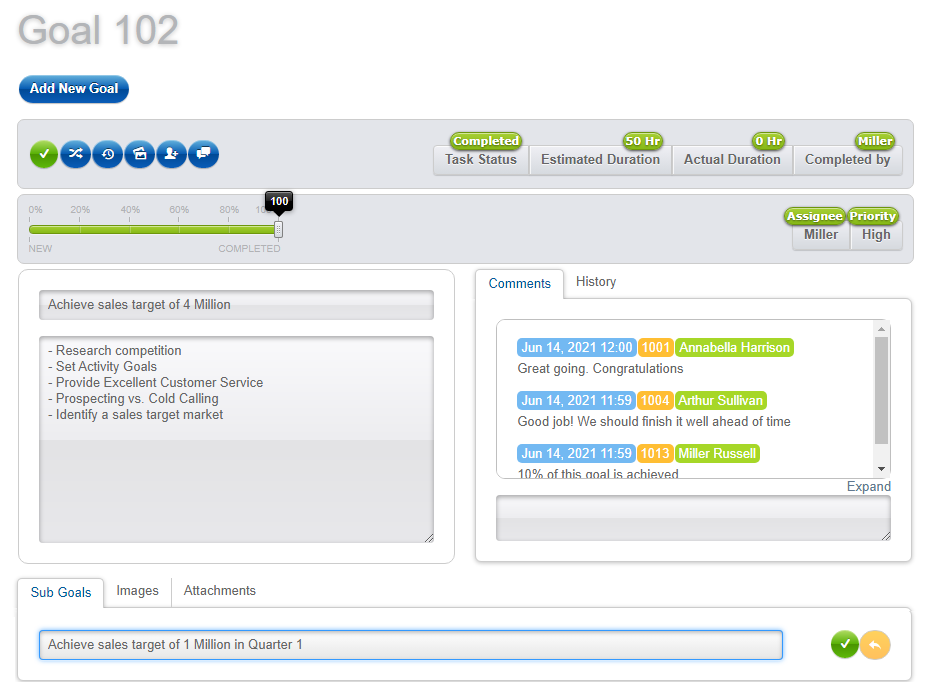
Step 4: Track status of goals in real-time
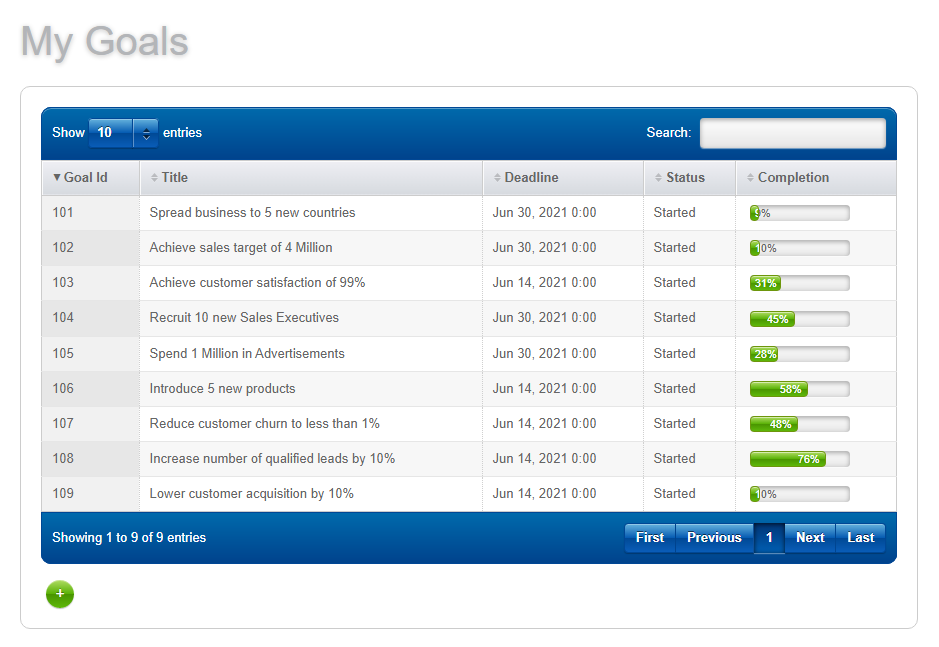
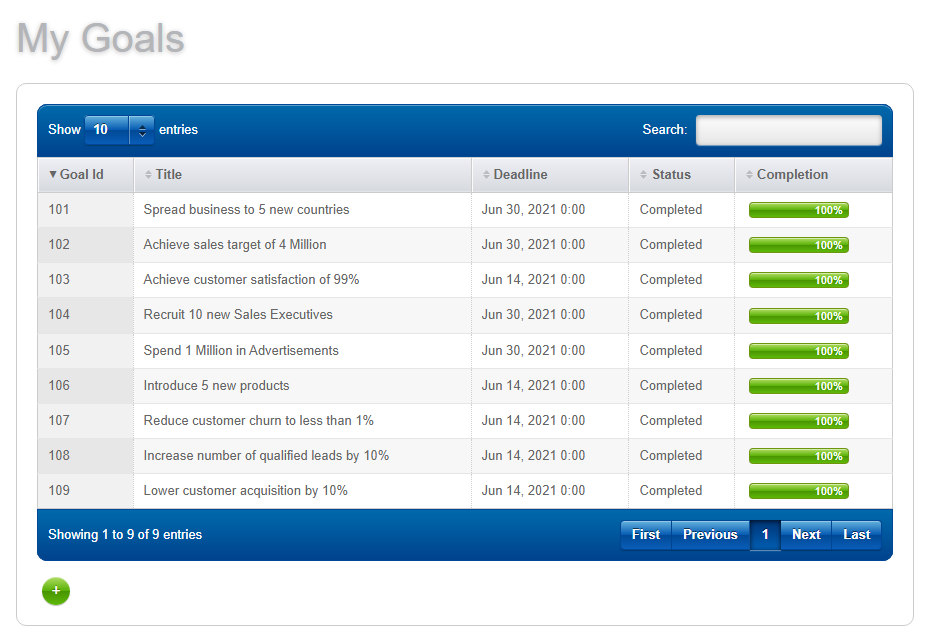
Step 5: HR creates appraisal period and templates
HR creates an appraisal period and prepares templates for each group of employees.
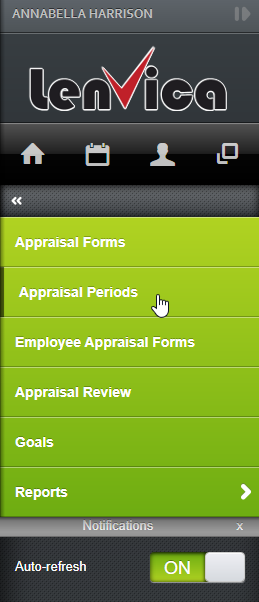
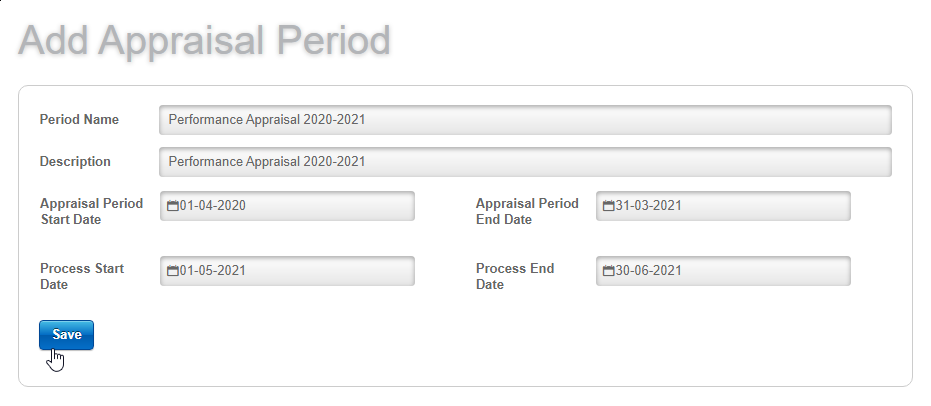

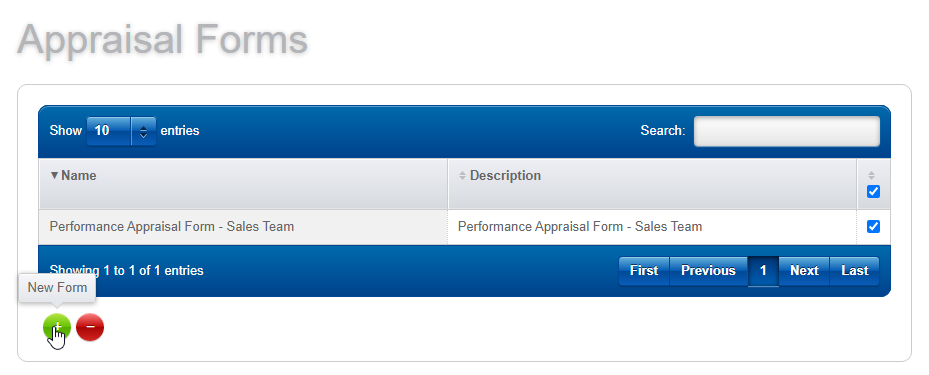

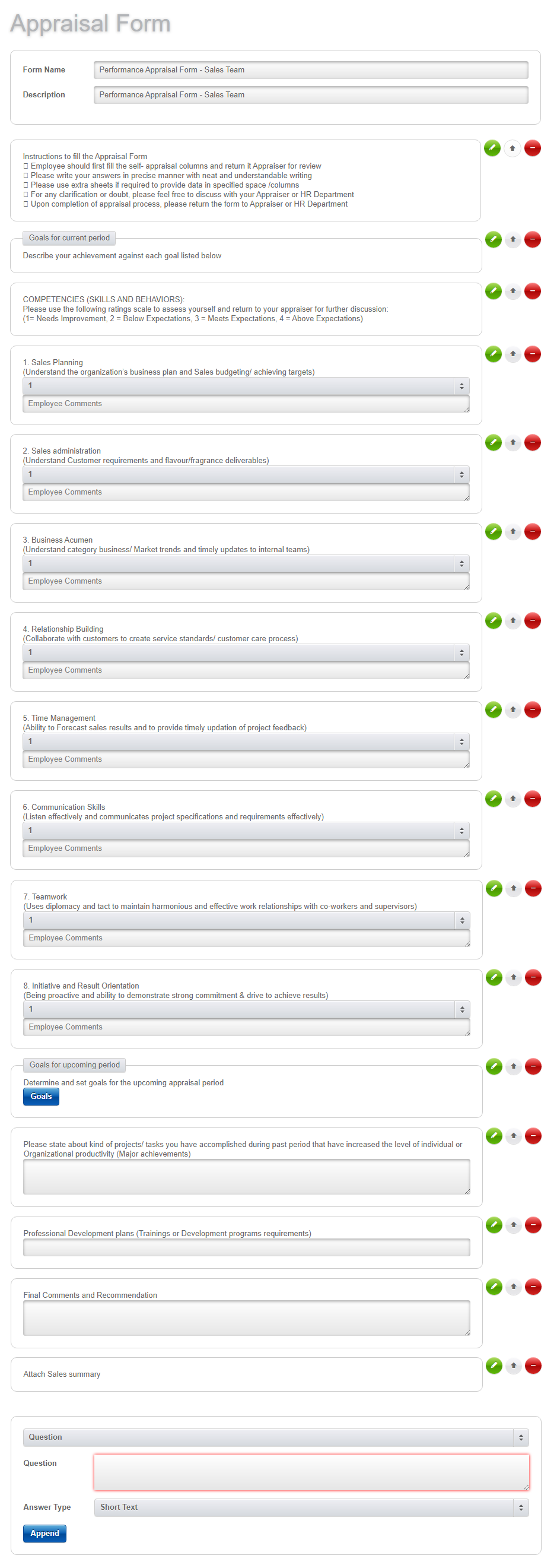
Step 6: Employees and managers creates appraisal documents
Employees can update appraisal documents on the employee self service portal. Managers can also contribute their responses to the same document.


Step 7: HR evaluates appraisal documents
Once the document is prepared, HR approves it.

Step 8: Appraisal interview
During the appraisal interview, the employees performance is evaluated and feedbacks are provided.

The data collected from employees and managers are summarized to generated key information for the management to make decisions for the future.
LenvicaHRMS Performance Appraisal module ensures that employee productivity is improved on a day to day basis.

Leave A Comment
You must be logged in to post a comment.